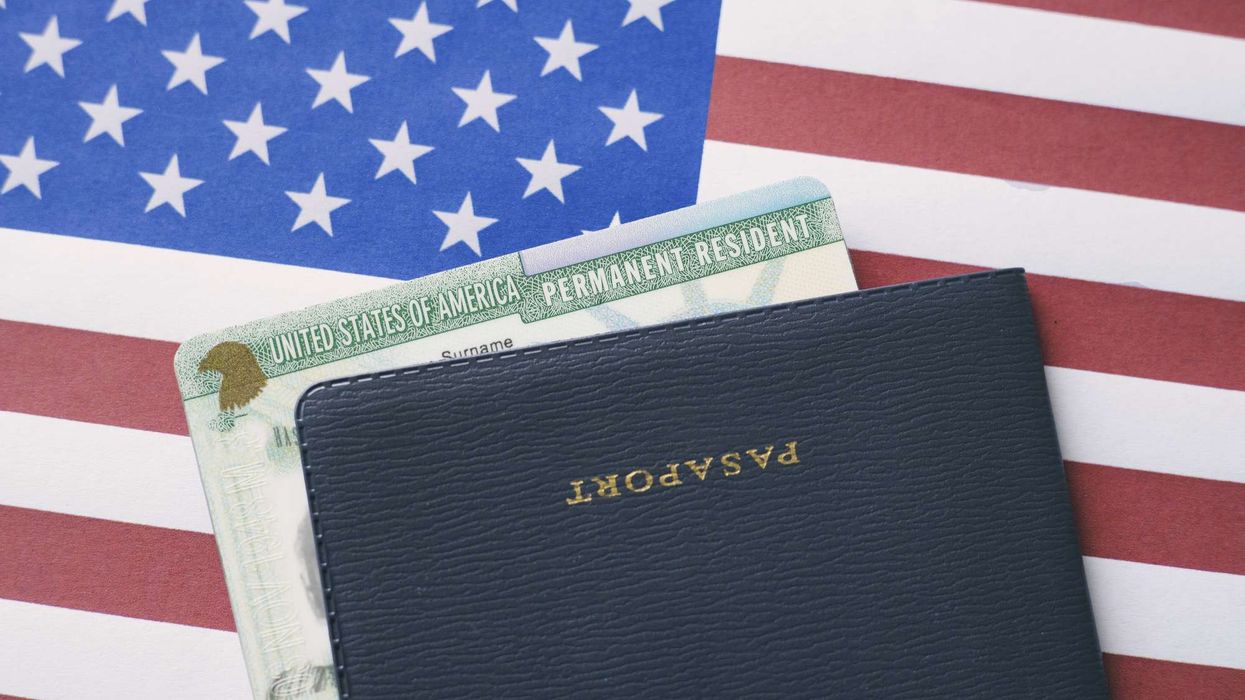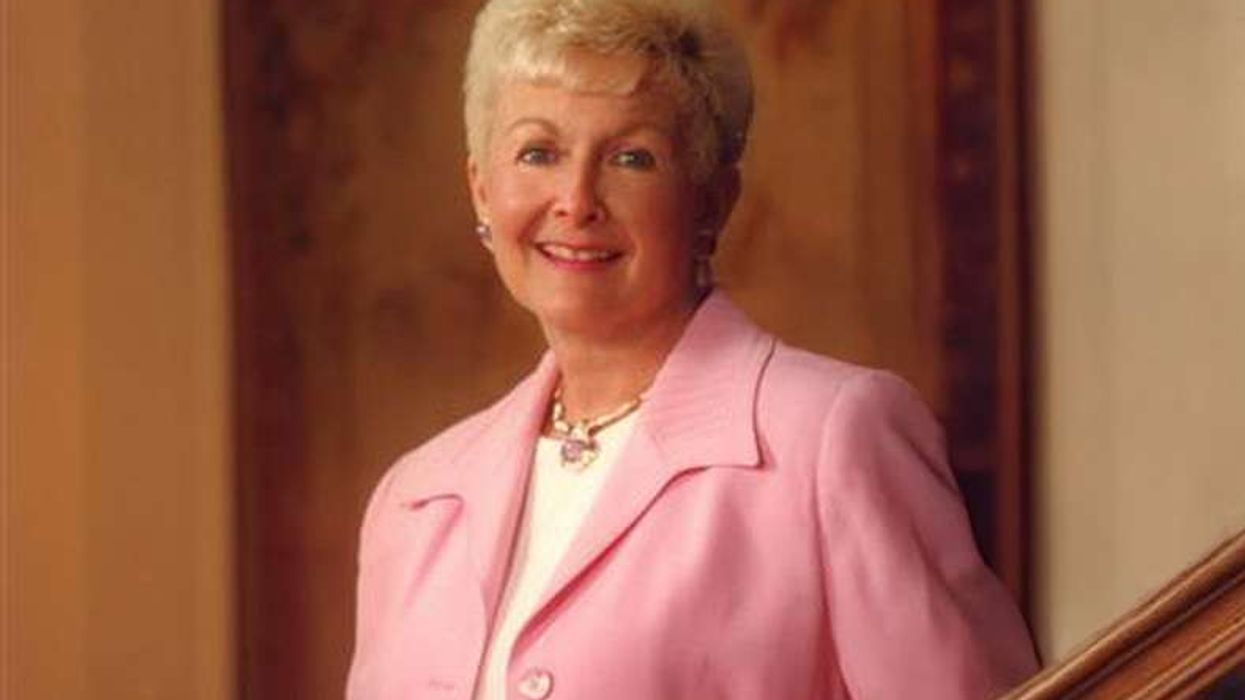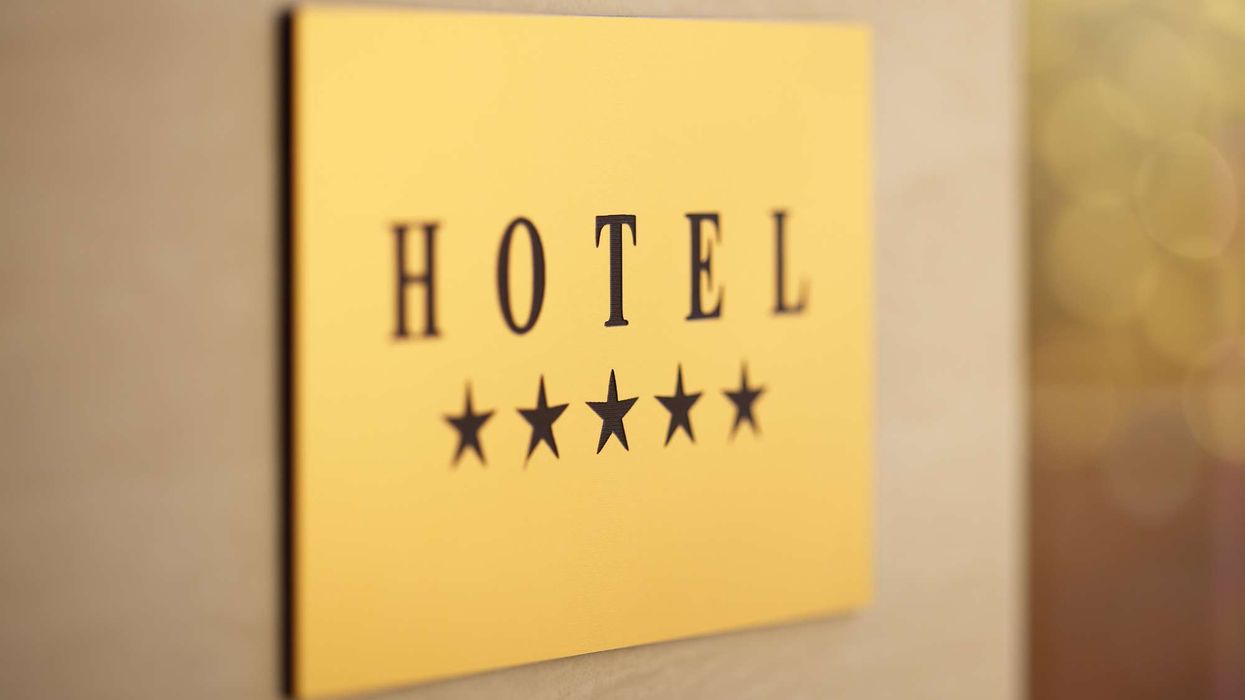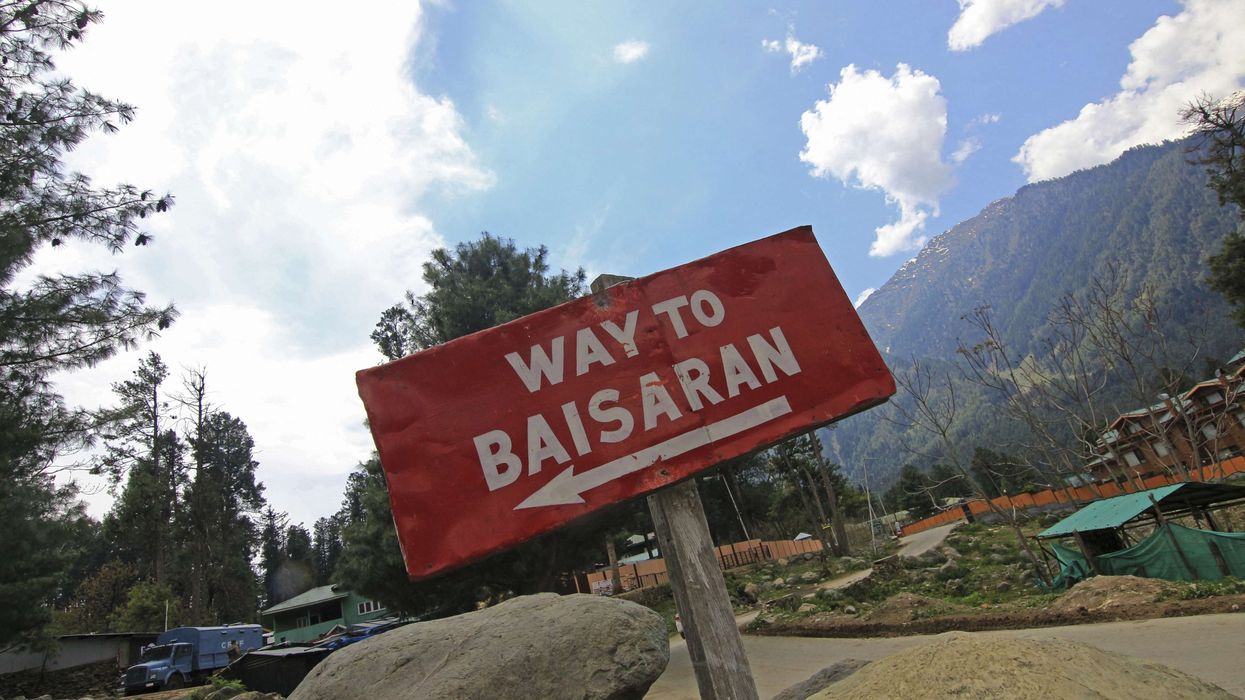U.S. HOTEL PERFORMANCE has improved steadily so far in October, according to STR. That follows an improved performance in September that was the highest since April and a record low third quarter performance.
Occupancy ended at 50.1 percent for the week ending Oct. 17, nearly level with 50 percent for the week ending Oct. 10, which was the second time occupancy hit 50 percent since the low point of the pandemic, but down 30.7 percent from last year. It also is up from 47.9 percent during the week ending Oct. 3,.
ADR finished the most recent week in October at $97.69, up from $97.67 the week before and $95.63 the week of Oct. 3. RevPAR stood at $48.91, down 50.3 percent year over year but slightly up from $48.85 the week before and up from $45.80 the week of Oct. 3
“While a handful of the highest occupancy markets were those in areas affected by natural disasters (i.e. California wildfires), Saturday (Oct. 10) produced the week’s highest occupancy, 65.2 percent, and ADR, $110.84, indicating that the leisure and weekend staycation demand seen during the summer may make appearances into the fall,” STR said regarding the week of Oct. 10 results.
By comparison, occupancy for the month of September averaged 48.3 percent, a 28.2 percent decline from the previous year. ADR finished the month at $99.12, which was down 24.9 percent from the previous year, and RevPAR averaged $47.87, a 46.1 percent annual decline.
“Each of the three key performance indicators came in lower than August,” STR said. “The absolute levels recorded in August were the highest for any month since April.”
Finally, for the third quarter, U.S. hotel occupancy averaged 48 percent, a 32.2 percent decline from the same period last year. ADR came in at $101.25, a 24.1 percent year over year drop, and RevPAR averaged $48.58, a 48.5 percent decline.
“The absolute occupancy and RevPAR levels were the lowest for any third quarter in STR’s U.S. database,” STR said.












